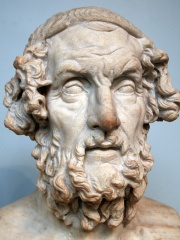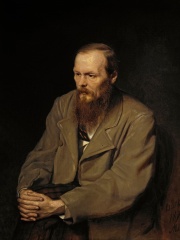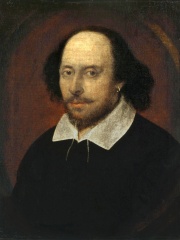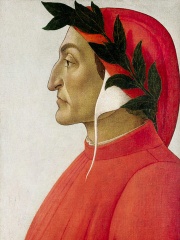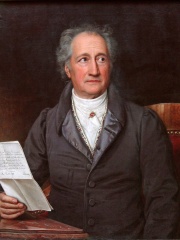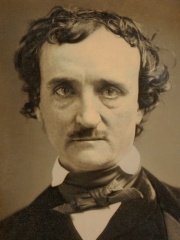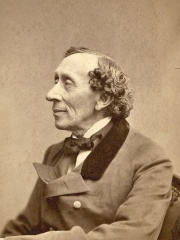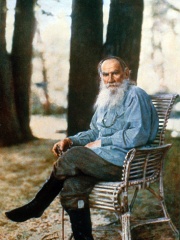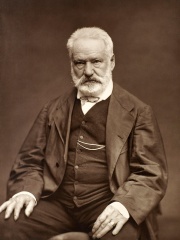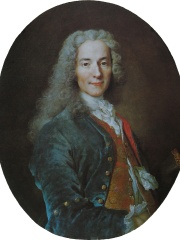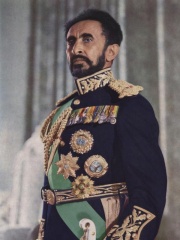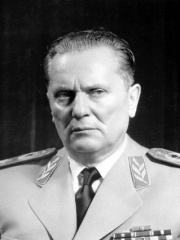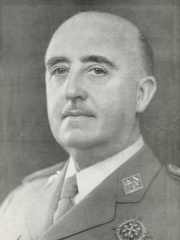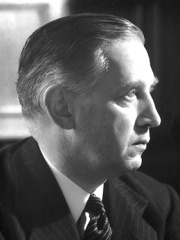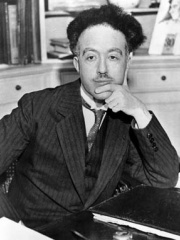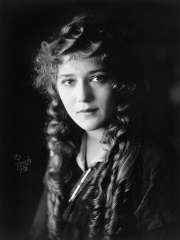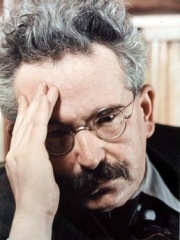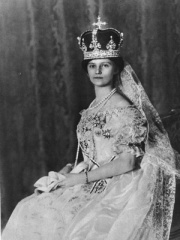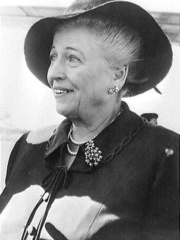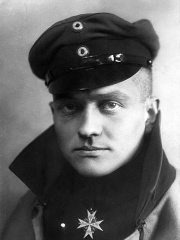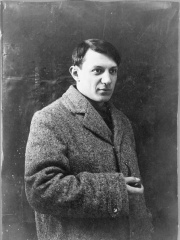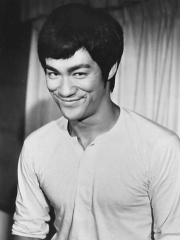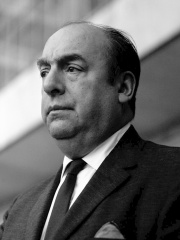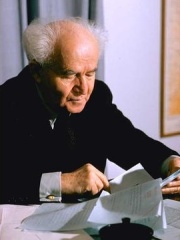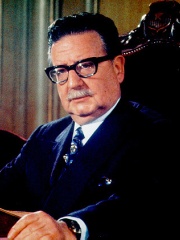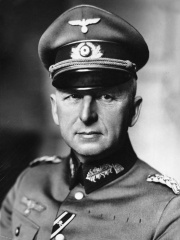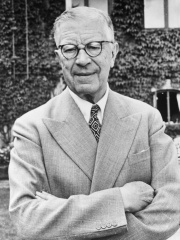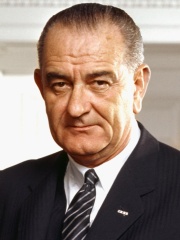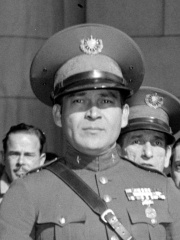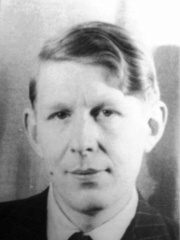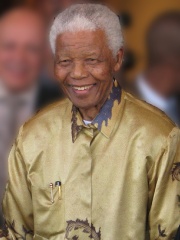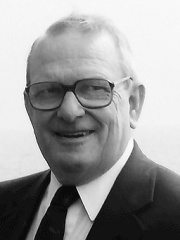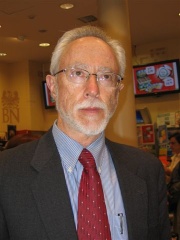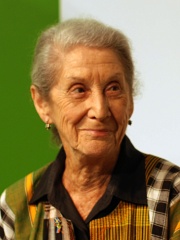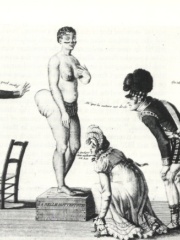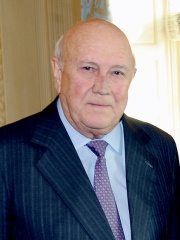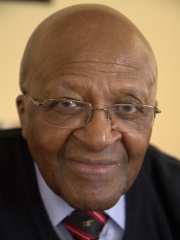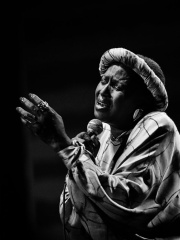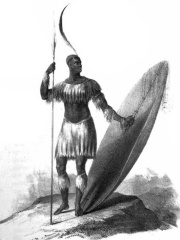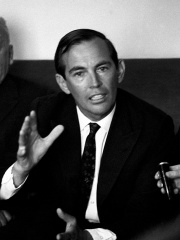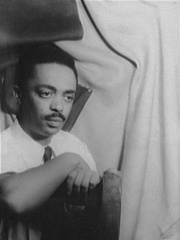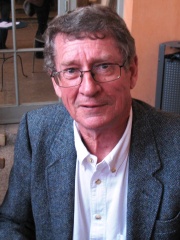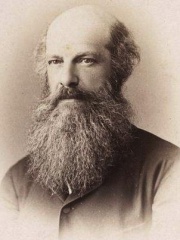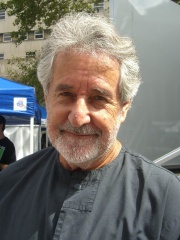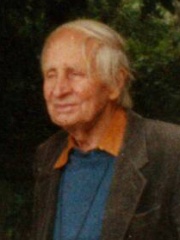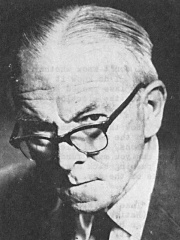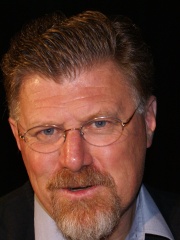WRITER
J. R. R. Tolkien
1892 - 1973
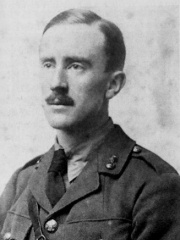
 J. R. R. Tolkien
J. R. R. Tolkien
John Ronald Reuel Tolkien (, 3 January 1892 – 2 September 1973) was an English writer and philologist. He was the author of the high fantasy works The Hobbit (1937) and The Lord of the Rings (1954–55). From 1925 to 1945 Tolkien was the Rawlinson and Bosworth Professor of Anglo-Saxon and a Fellow of Pembroke College, both at the University of Oxford. He then moved within the same university to become the Merton Professor of English Language and Literature and Fellow of Merton College, and held these positions from 1945 until his retirement in 1959. Read more on Wikipedia
His biography is available in 156 different languages on Wikipedia (up from 152 in 2024). J. R. R. Tolkien is the 6th most popular writer (up from 7th in 2024), the most popular biography from South Africa (up from 2nd in 2019) and the most popular South African Writer.
J.R.R. Tolkien is most famous for writing the novel "The Hobbit" and "The Lord of the Rings" trilogy.
Memorability Metrics
Page views of J. R. R. Tolkien by language
Among WRITERS
Among writers, J. R. R. Tolkien ranks 6 out of 7,302. Before him are Homer, Fyodor Dostoevsky, William Shakespeare, Dante Alighieri, and Johann Wolfgang von Goethe. After him are Edgar Allan Poe, Hans Christian Andersen, Leo Tolstoy, Franz Kafka, Victor Hugo, and Voltaire.
Most Popular Writers in Wikipedia
Go to all RankingsHomer
800 BC - 750 BC
HPI: 95.41
Rank: 1
Fyodor Dostoevsky
1821 - 1881
HPI: 93.20
Rank: 2
William Shakespeare
1564 - 1616
HPI: 92.59
Rank: 3
Dante Alighieri
1265 - 1321
HPI: 92.13
Rank: 4
Johann Wolfgang von Goethe
1749 - 1832
HPI: 90.96
Rank: 5
J. R. R. Tolkien
1892 - 1973
HPI: 90.69
Rank: 6
Edgar Allan Poe
1809 - 1849
HPI: 90.35
Rank: 7
Hans Christian Andersen
1805 - 1875
HPI: 90.14
Rank: 8
Leo Tolstoy
1828 - 1910
HPI: 89.82
Rank: 9
Franz Kafka
1883 - 1924
HPI: 89.62
Rank: 10
Victor Hugo
1802 - 1885
HPI: 89.52
Rank: 11
Voltaire
1694 - 1778
HPI: 89.44
Rank: 12
Contemporaries
Among people born in 1892, J. R. R. Tolkien ranks 1. After him are Haile Selassie, Josip Broz Tito, Francisco Franco, Edward Victor Appleton, Louis de Broglie, Mary Pickford, Ivo Andrić, Walter Benjamin, Zita of Bourbon-Parma, Pearl S. Buck, and Manfred von Richthofen. Among people deceased in 1973, J. R. R. Tolkien ranks 2. Before him is Pablo Picasso. After him are Bruce Lee, Pablo Neruda, David Ben-Gurion, Salvador Allende, Erich von Manstein, Gustaf VI Adolf of Sweden, Lyndon B. Johnson, Pearl S. Buck, Fulgencio Batista, and W. H. Auden.
Others Born in 1892
Go to all RankingsJ. R. R. Tolkien
WRITER
1892 - 1973
HPI: 90.69
Rank: 1
Haile Selassie
POLITICIAN
1892 - 1975
HPI: 86.85
Rank: 2
Josip Broz Tito
POLITICIAN
1892 - 1980
HPI: 86.53
Rank: 3
Francisco Franco
POLITICIAN
1892 - 1975
HPI: 85.72
Rank: 4
Edward Victor Appleton
PHYSICIST
1892 - 1965
HPI: 83.64
Rank: 5
Louis de Broglie
PHYSICIST
1892 - 1987
HPI: 82.00
Rank: 6
Mary Pickford
ACTOR
1892 - 1979
HPI: 81.55
Rank: 7
Ivo Andrić
WRITER
1892 - 1975
HPI: 80.64
Rank: 8
Walter Benjamin
PHILOSOPHER
1892 - 1940
HPI: 78.79
Rank: 9
Zita of Bourbon-Parma
COMPANION
1892 - 1989
HPI: 78.14
Rank: 10
Pearl S. Buck
WRITER
1892 - 1973
HPI: 77.88
Rank: 11
Manfred von Richthofen
MILITARY PERSONNEL
1892 - 1918
HPI: 76.98
Rank: 12
Others Deceased in 1973
Go to all RankingsPablo Picasso
PAINTER
1881 - 1973
HPI: 91.68
Rank: 1
J. R. R. Tolkien
WRITER
1892 - 1973
HPI: 90.69
Rank: 2
Bruce Lee
ACTOR
1940 - 1973
HPI: 86.28
Rank: 3
Pablo Neruda
WRITER
1904 - 1973
HPI: 82.29
Rank: 4
David Ben-Gurion
POLITICIAN
1886 - 1973
HPI: 81.57
Rank: 5
Salvador Allende
POLITICIAN
1908 - 1973
HPI: 81.05
Rank: 6
Erich von Manstein
MILITARY PERSONNEL
1887 - 1973
HPI: 80.50
Rank: 7
Gustaf VI Adolf of Sweden
POLITICIAN
1882 - 1973
HPI: 80.48
Rank: 8
Lyndon B. Johnson
POLITICIAN
1908 - 1973
HPI: 79.76
Rank: 9
Pearl S. Buck
WRITER
1892 - 1973
HPI: 77.88
Rank: 10
Fulgencio Batista
POLITICIAN
1901 - 1973
HPI: 77.68
Rank: 11
W. H. Auden
WRITER
1907 - 1973
HPI: 77.00
Rank: 12
In South Africa
Among people born in South Africa, J. R. R. Tolkien ranks 1 out of 454. After him are Nelson Mandela (1918), Elon Musk (1971), Allan MacLeod Cormack (1924), J. M. Coetzee (1940), Nadine Gordimer (1923), Sarah Baartman (1788), F. W. de Klerk (1936), Desmond Tutu (1931), Miriam Makeba (1932), Shaka (1787), and Christiaan Barnard (1922).
Others born in South Africa
Go to all RankingsJ. R. R. Tolkien
WRITER
1892 - 1973
HPI: 90.69
Rank: 1
Nelson Mandela
SOCIAL ACTIVIST
1918 - 2013
HPI: 90.45
Rank: 2
Elon Musk
INVENTOR
1971 - Present
HPI: 86.81
Rank: 3
Allan MacLeod Cormack
PHYSICIST
1924 - 1998
HPI: 76.80
Rank: 4
J. M. Coetzee
WRITER
1940 - Present
HPI: 75.60
Rank: 5
Nadine Gordimer
WRITER
1923 - 2014
HPI: 75.27
Rank: 6
Sarah Baartman
RELIGIOUS FIGURE
1788 - 1815
HPI: 74.82
Rank: 7
F. W. de Klerk
POLITICIAN
1936 - 2021
HPI: 73.73
Rank: 8
Desmond Tutu
RELIGIOUS FIGURE
1931 - 2021
HPI: 73.44
Rank: 9
Miriam Makeba
SINGER
1932 - 2008
HPI: 73.35
Rank: 10
Shaka
POLITICIAN
1787 - 1828
HPI: 73.31
Rank: 11
Christiaan Barnard
PHYSICIAN
1922 - 2001
HPI: 73.02
Rank: 12
Among WRITERS In South Africa
Among writers born in South Africa, J. R. R. Tolkien ranks 1. After him are J. M. Coetzee (1940), Nadine Gordimer (1923), Peter Abrahams (1919), André Brink (1935), Laurence Oliphant (1829), Breyten Breytenbach (1939), Ronald Harwood (1934), Laurens van der Post (1906), Athol Fugard (1932), Alan Paton (1903), and Deon Meyer (1958).
J. R. R. Tolkien
1892 - 1973
HPI: 90.69
Rank: 1
J. M. Coetzee
1940 - Present
HPI: 75.60
Rank: 2
Nadine Gordimer
1923 - 2014
HPI: 75.27
Rank: 3
Peter Abrahams
1919 - 2017
HPI: 65.92
Rank: 4
André Brink
1935 - 2015
HPI: 64.50
Rank: 5
Laurence Oliphant
1829 - 1888
HPI: 60.60
Rank: 6
Breyten Breytenbach
1939 - 2024
HPI: 60.11
Rank: 7
Ronald Harwood
1934 - 2020
HPI: 59.93
Rank: 8
Laurens van der Post
1906 - 1996
HPI: 58.50
Rank: 9
Athol Fugard
1932 - 2025
HPI: 58.22
Rank: 10
Alan Paton
1903 - 1988
HPI: 56.69
Rank: 11
Deon Meyer
1958 - Present
HPI: 55.41
Rank: 12
